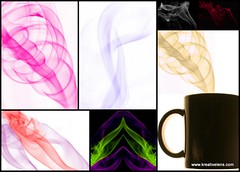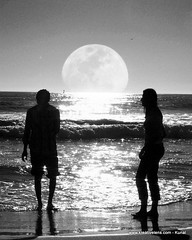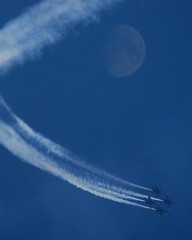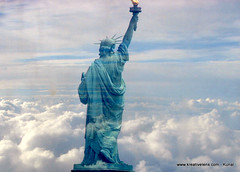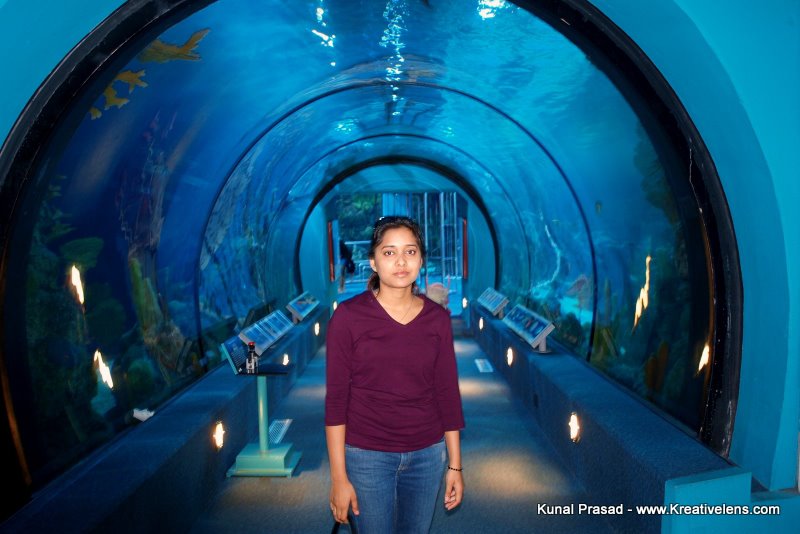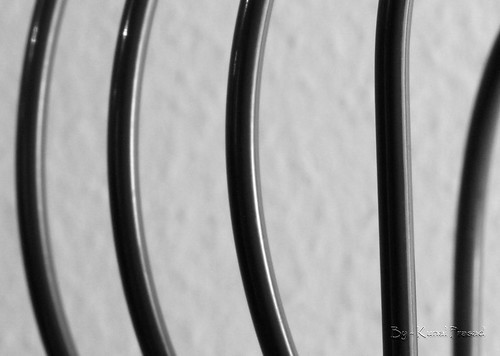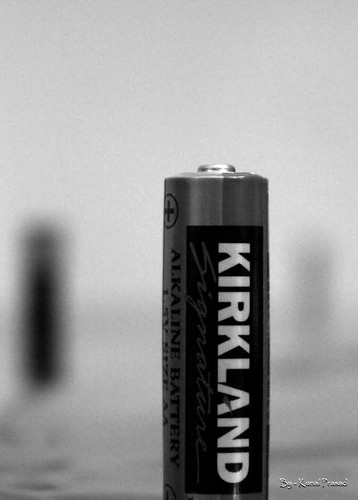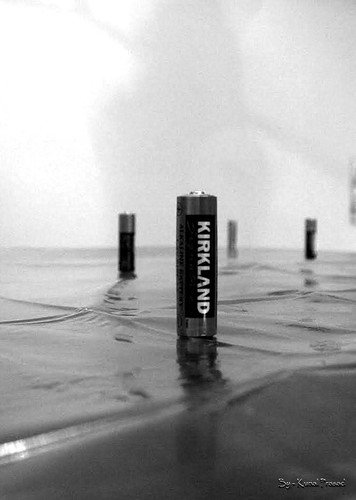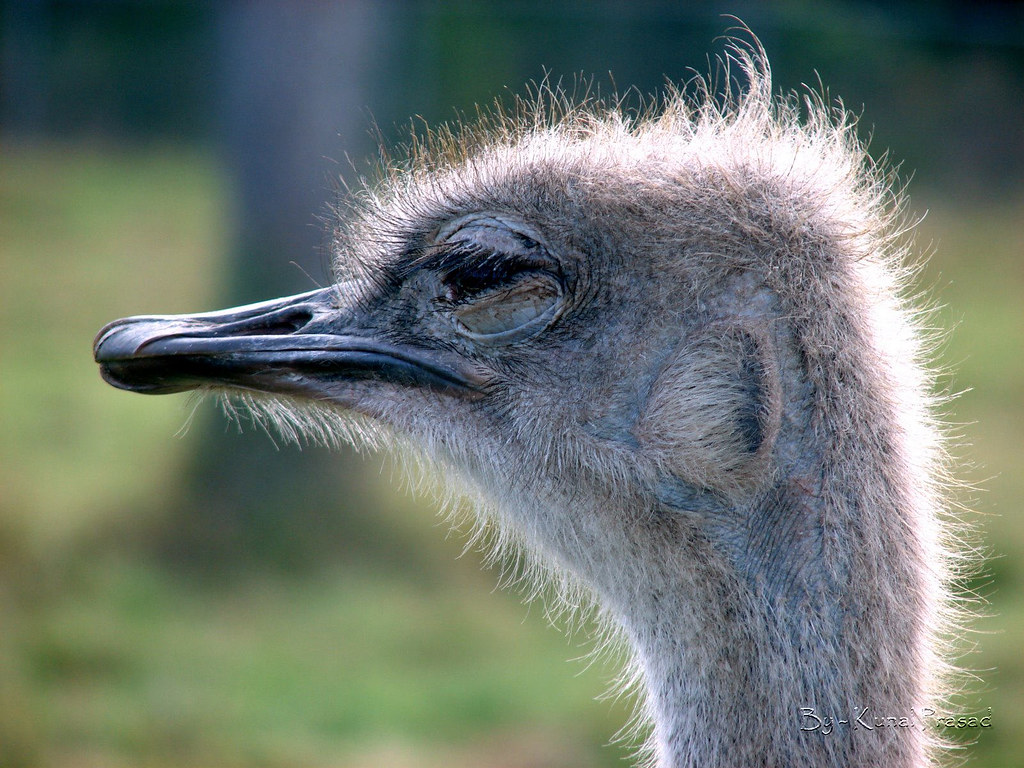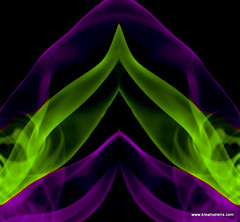
Smoke Photography can free your imagination. I was browsing Graham Jeffery’s (who has mastered the art of smoke photography) pictures and found it very impressive and fascinating. The link from his website contains his amazing work and also explains the technique to shoot smoke along with post processing tips on smoke shots. http://sensitivelight.com/smoke2/.
Here are few points which I learnt while shooting smoke
1.The cheapest way to get the “right” kind of smoke is using incense sticks.
2.Smoke is sensitive to even the tiniest of disturbances; use this to your advantage to sculpt your photo. Even smoke likes to dance on A.R. Rehman’s music.
3.Lighting plays a very important role while shooting smoke. You need a good depth of field (DOF) to capture all the details of a smoke column. To accomplish that you’ll need a well lit smoke with the most powerful source of light you can find.
4.The smoke produced by incense sticks is a light white color, so use a darker background. In this way you’ll have great contrast between the foreground and the background to better capture the nuances in the smoke. It’s common to see white smoke on a black background, and it’s easier to take the photo that way. But what about all those images with colored smoke with white background? Those are false negatives, created in post-processing.
5.To get the smoke focused can be difficult. Use any object or your own hand and place it the same distance as the smoke and use auto focus to focus it and after the auto-focus is done with its job, it’s time to turn manual focus on and start shooting without moving the camera.
6.ISO settings should be low as smoke has dust and you don’t want to introduce additional grains due to high ISO.
7.Once you get nice picture you can use any image processing software to post process the shots. Mainly cleaning up imperfections on the background, adjust contrast, sharpening, inverting, coloring, cropping ……
Link below discuss more about smoke photography and smoke art
http://www.smashingmagazine.com/2008/10/05/celebration-of-smoke-photography-and-smoke-art/
